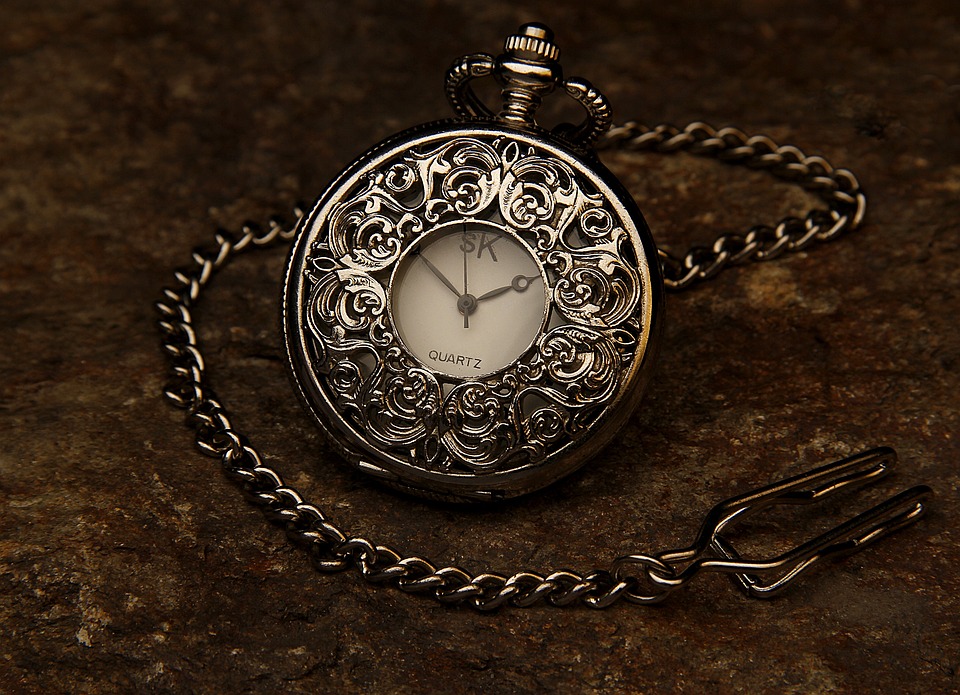Moissanite Diamonds: Quick Recognition Tips for Authenticity
When it comes to purchasing diamonds, it’s essential to ensure that you are getting the real deal. With the increasing popularity of moissanite diamonds as an affordable alternative to traditional diamonds, it’s crucial to know how to recognize their authenticity. In this article, we will provide you with some quick tips to help you distinguish between genuine diamonds and moissanite.
Understanding Moissanite Diamonds
Moissanite is a gemstone that closely resembles diamonds in appearance but is composed of silicon carbide. It was first discovered in a meteor crater in Arizona in 1893 by a scientist named Henri Moissan, hence the name. Since then, moissanite gems have been created in laboratories to mimic the brilliance and fire of diamonds, but at a fraction of the cost.
H2: The 4 Cs – A Basic Comparison
When evaluating a diamond’s authenticity, jewelers often refer to the “Four Cs”: color, clarity, cut, and carat weight. While these criteria are commonly used to assess both moissanite and diamonds, there are some subtle differences to look out for.
Color: Generally, diamonds are graded on a color scale from D (colorless) to Z (light yellow or brown). Moissanite, on the other hand, typically exhibits a yellow or grayish tint. However, the color grading system for moissanite is different, with a scale ranging from “colorless” to “near-colorless” to “faint color.”
Clarity: Clarity refers to the presence of any internal or external flaws, known as inclusions and blemishes, respectively. Diamonds are graded on a clarity scale ranging from Flawless (no inclusions or blemishes visible under 10x magnification) to Included (inclusions visible to the naked eye). Moissanite is generally considered to have a higher clarity rating due to its lab-grown nature.
Cut: The cut of a diamond determines its brilliance and fire. Moissanite is known for its exceptional brilliance due to its high refractive index. However, some experts argue that moissanite’s faceting pattern can sometimes create a “disco ball” effect, with excessive flashes of color.
Carat Weight: Carat weight refers to the size of the diamond. Moissanite is slightly less dense than diamonds, meaning that a moissanite of the same carat weight will appear larger. This can be a helpful indicator when comparing two stones of the same size.
H2: Visual Clues
Apart from the 4 Cs, there are some visual clues that can help you differentiate between moissanite and diamonds.
Double Refraction: Moissanite exhibits double refraction, meaning that when you look through it, you may see a doubling of the facets or edges. This effect is not present in diamonds.
Brilliance: Moissanite is known for its exceptional brilliance, often surpassing that of diamonds. Its high refractive index gives it an intense sparkle, whereas diamonds tend to have a more subdued brilliance.
H3: Seeking Professional Advice
If you are still unsure about the authenticity of your diamond, it’s always best to seek professional advice from a reputable jeweler or gemologist. They have the necessary expertise and tools to accurately identify the gemstone and provide you with an informed opinion.
Conclusion
Recognizing the authenticity of moissanite diamonds can be a challenging task, but with these quick tips, you’ll be better equipped to make an informed purchase. Remember to consider the 4 Cs, look out for visual clues like double refraction and brilliance, and seek professional advice when needed. With these guidelines in mind, you can confidently navigate the world of moissanite diamonds and find the perfect gemstone for your needs.

